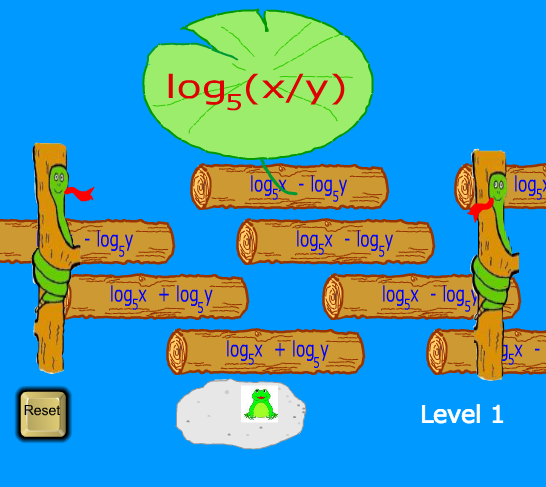Reversed Branched logs
 If the above equations hold for some values of
and
, then find the value of
.
If the above equations hold for some values of
and
, then find the value of
.
Join the Brilliant Classes and enjoy the excellence.
This section requires Javascript.
You are seeing this because something didn't load right. We suggest you, (a) try
refreshing the page, (b) enabling javascript if it is disabled on your browser and,
finally, (c)
loading the
non-javascript version of this page
. We're sorry about the hassle.
By the change of base rule, the first equation can be written as
lo g 3 ( lo g 2 ( x ) ) − lo g 3 ( − lo g 2 ( y ) ) = 1 ⟹ lo g 3 ( − lo g 2 ( y ) lo g 2 ( x ) ) = 1
⟹ − lo g 2 ( y ) lo g 2 ( x ) = 3 ⟹ lo g 2 ( x ) = − 3 lo g 2 ( y ) = lo g 2 ( y 3 1 ) ⟹ x = y 3 1 .
Plugging this into the second equation yields y 3 y 2 = 4 ⟹ y = 4 1 ,
which in turn gives us that x = y 2 4 = 1 6 1 4 = 6 4 .
Thus x y = 6 4 ∗ 4 1 = 1 6 .
(Note that the above solutions for x and y do indeed satisfy the first equation.)